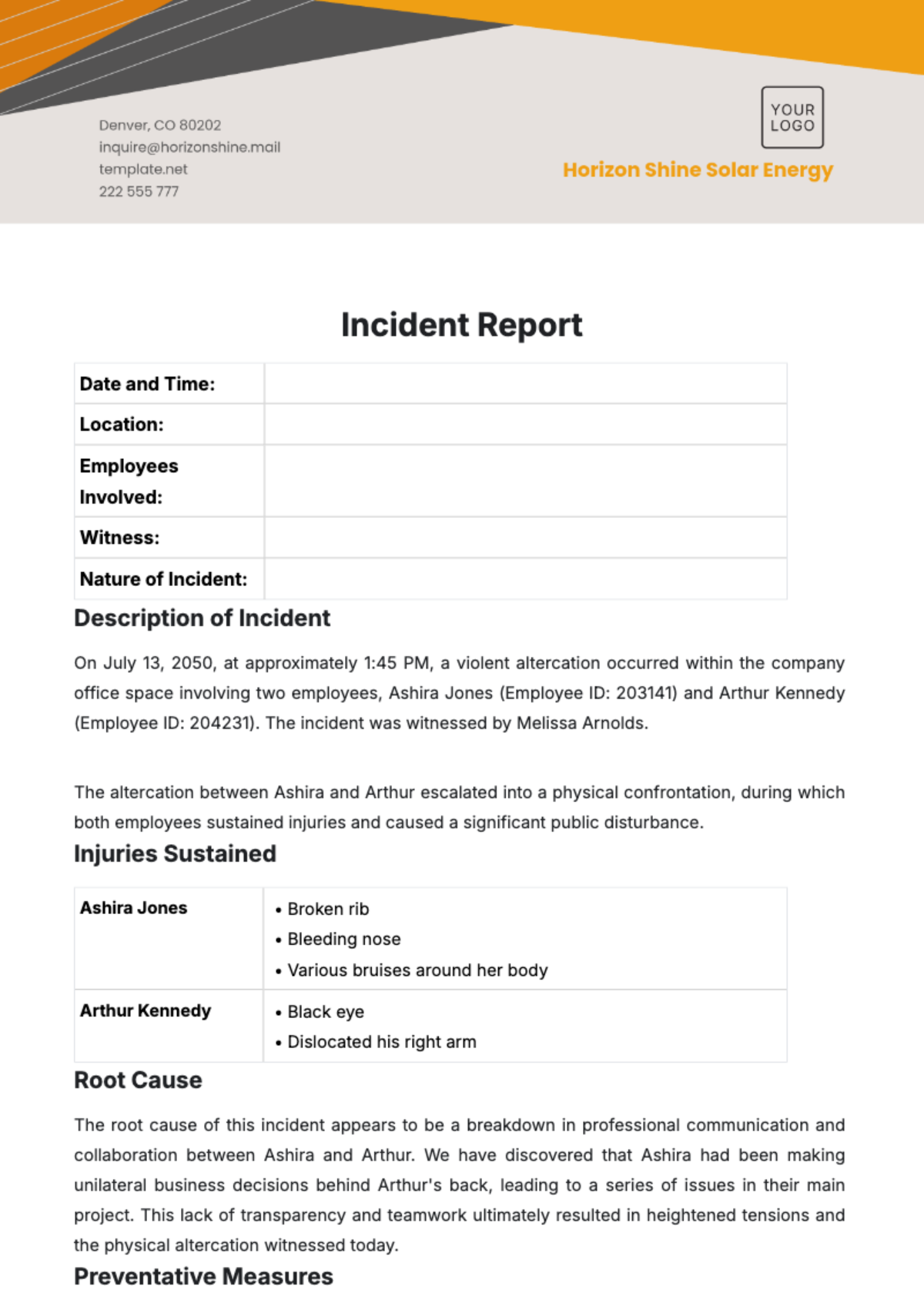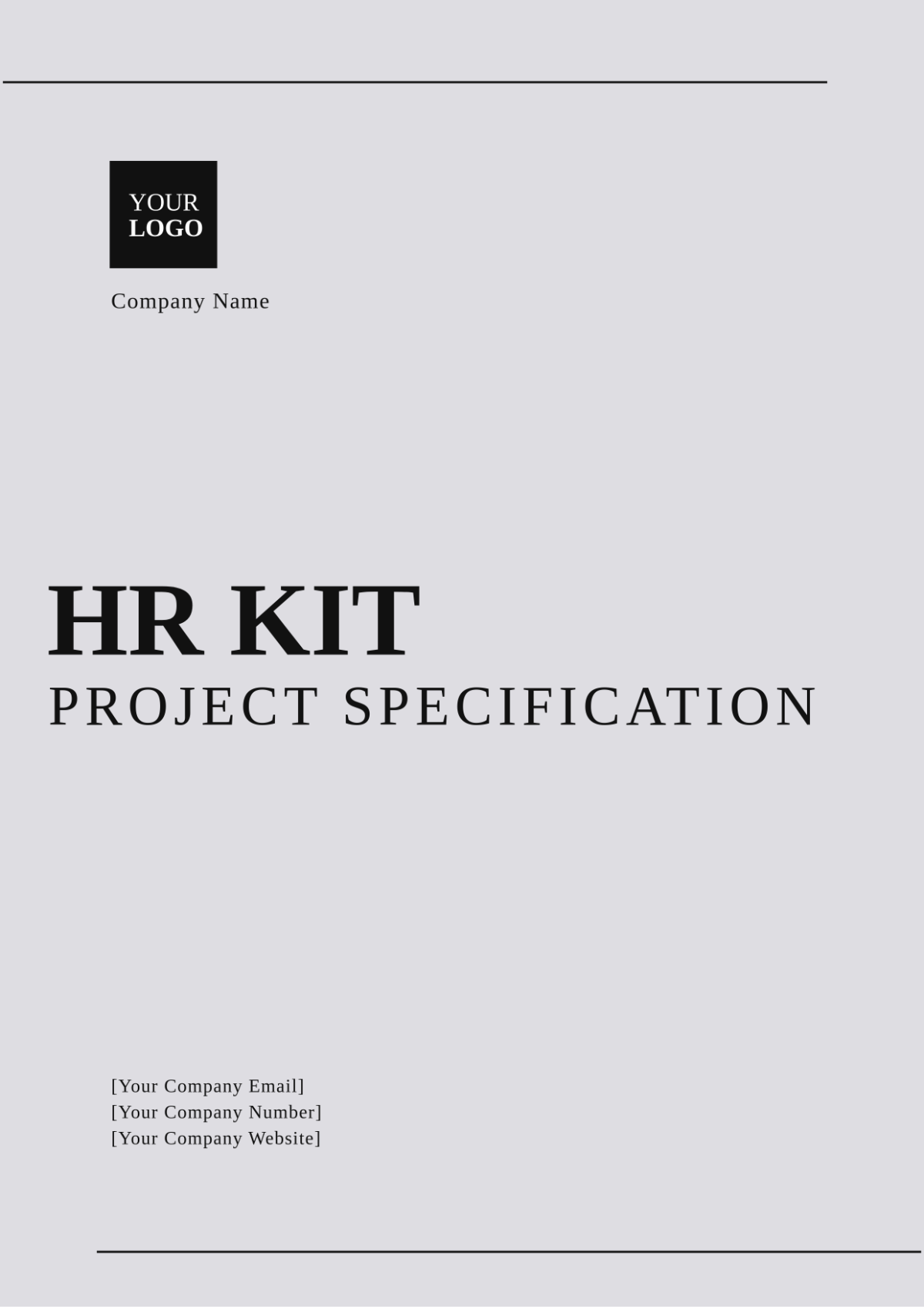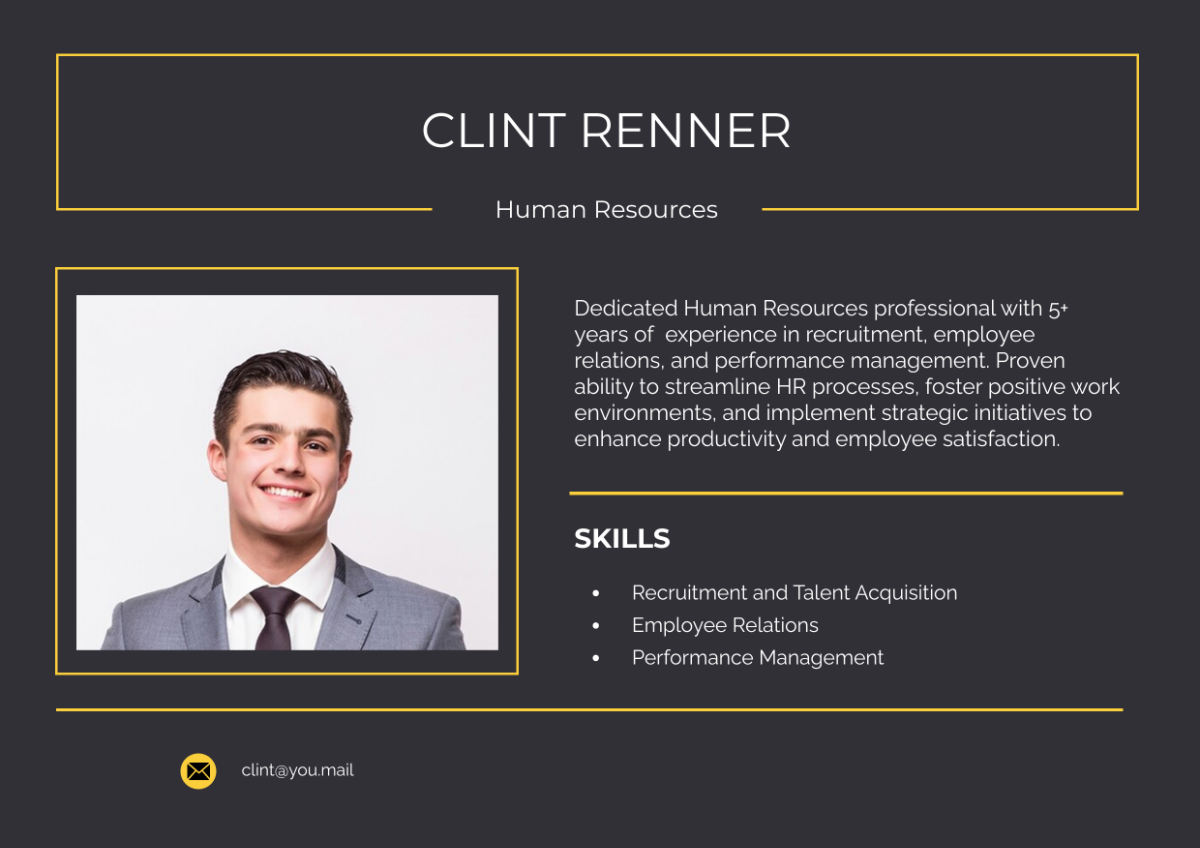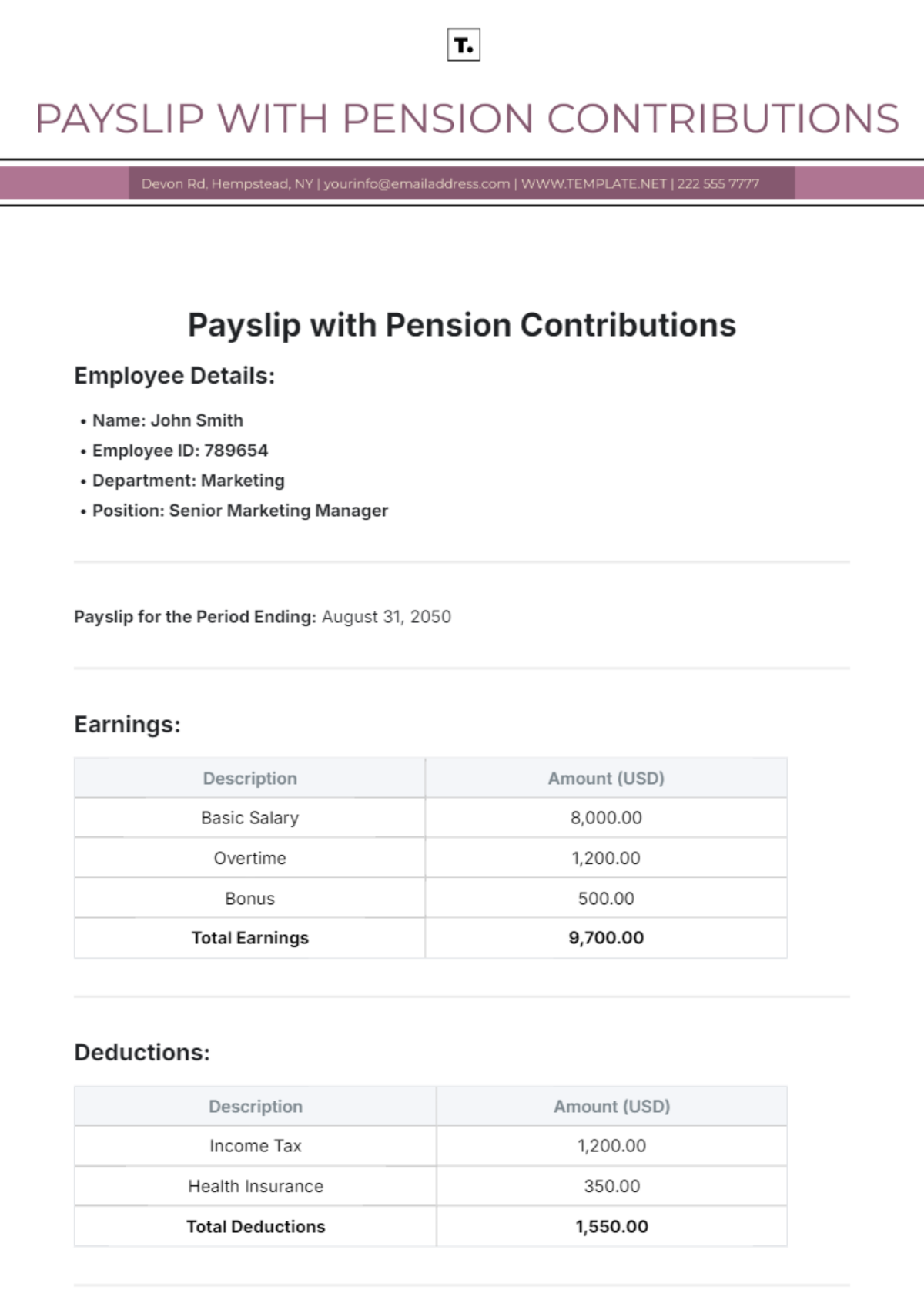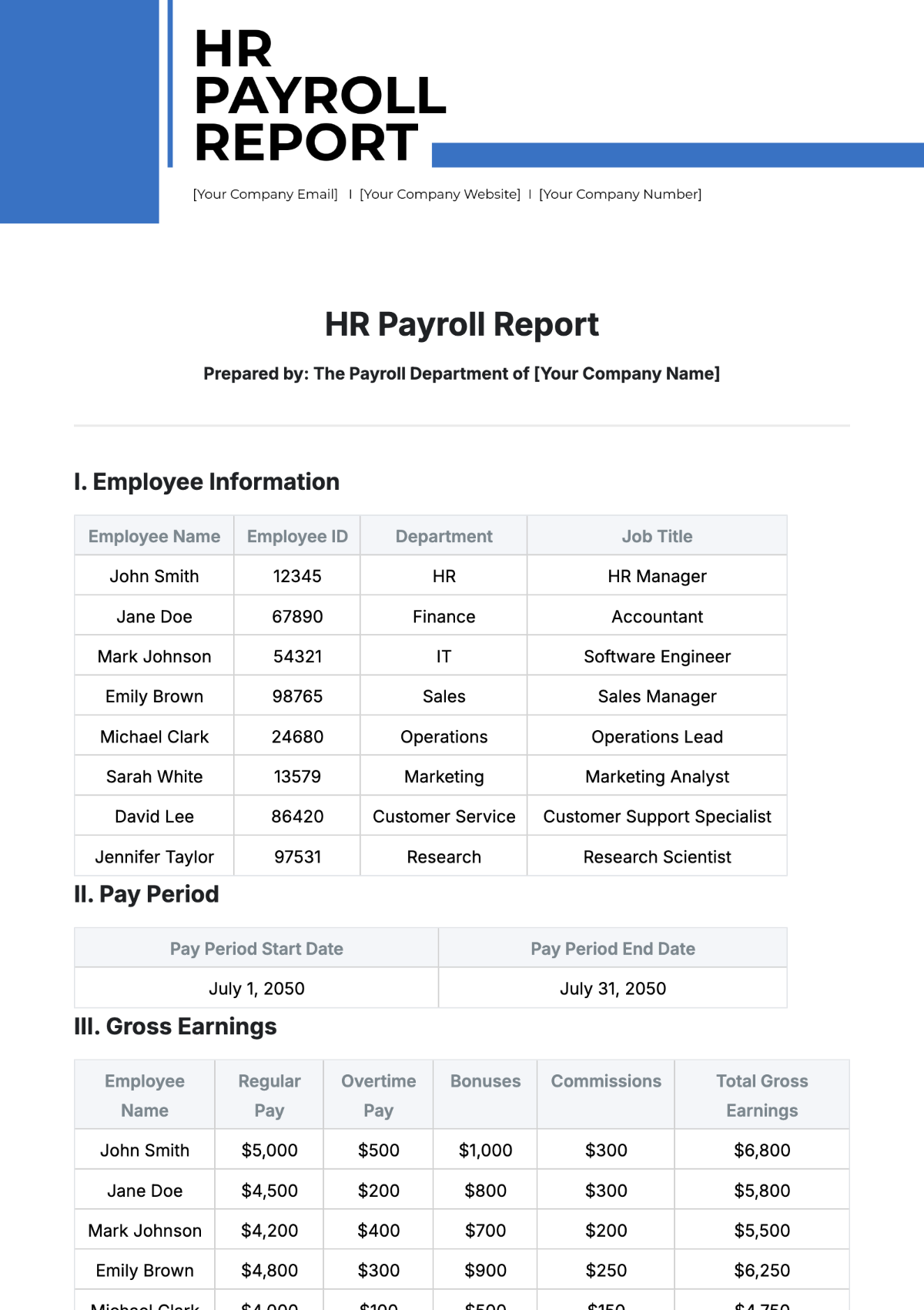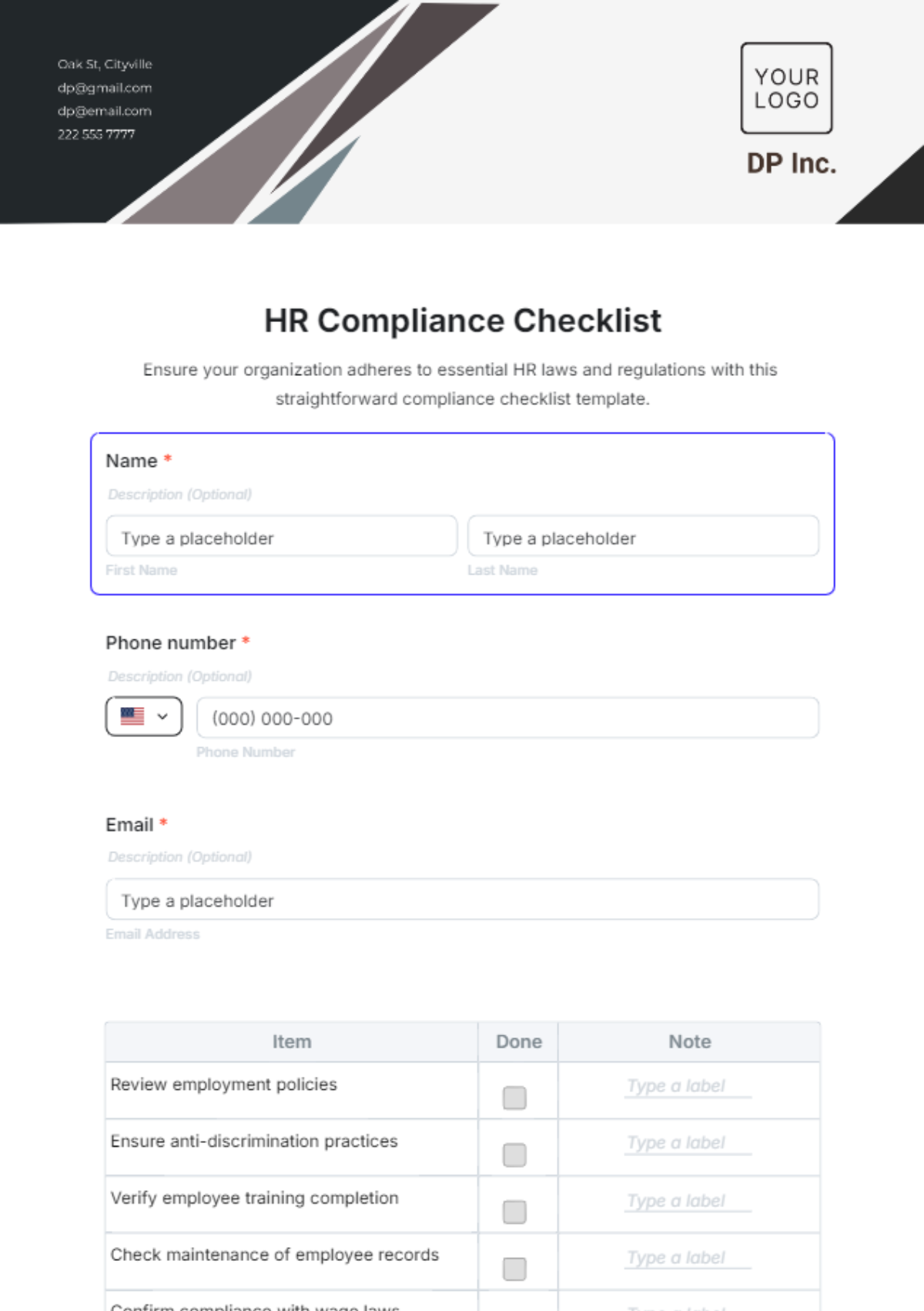I. Executive Summary
A. Overview
This Architecture HR Strategy outlines the comprehensive approach [Your Company Name] will employ to attract, develop, and retain top talent within the architecture industry. By aligning HR practices with the company’s overall goals, this strategy aims to foster a productive, innovative, and supportive work environment. The strategy will focus on building a strong employer brand, enhancing employee engagement, and promoting a culture of continuous improvement and professional development.
B. Objectives
Attract and Retain Talent: Implement strategies to attract top-tier architectural talent and retain existing employees by fostering a positive workplace culture and offering competitive compensation. This includes developing a strong employer brand, creating a compelling employee value proposition, and ensuring a smooth recruitment and onboarding process.
Employee Development: Enhance employee skills and career development through continuous learning opportunities, professional growth programs, and mentorship. This will involve creating personalized development plans, offering diverse training programs, and encouraging participation in industry events and conferences.
Performance Management: Develop a robust performance management system to align individual performance with company objectives. This system will include regular performance reviews, continuous feedback mechanisms, and clear performance metrics to ensure transparency and accountability.
Diversity and Inclusion: Promote diversity and inclusion within the workplace to leverage a wide range of perspectives and ideas. This includes implementing unbiased hiring practices, fostering an inclusive culture, and providing support for underrepresented groups.
Workforce Planning: Strategically plan workforce needs to ensure alignment with the company’s long-term goals. This involves conducting regular workforce analyses, forecasting future talent needs, and developing succession plans for key positions.
II. Talent Acquisition Strategy
A. Recruitment
Job Postings and Advertisements: Utilize industry-specific job boards, social media, and [Your Company Website] to post job openings. Additionally, partnerships with architectural schools and industry associations will be leveraged to reach a broader and more diverse pool of candidates. These postings will be crafted to highlight the unique benefits and opportunities available at [Your Company Name].
Candidate Sourcing: Implement an active sourcing strategy to identify and reach out to potential candidates through networking events, career fairs, and online professional networks such as LinkedIn. This proactive approach will help build a strong talent pipeline and ensure that the company attracts highly qualified candidates.
Selection Process: Establish a multi-stage selection process including initial screenings, technical assessments, portfolio reviews, and panel interviews to ensure candidates meet the required competencies and cultural fit. This thorough selection process will help identify the best candidates and reduce the risk of turnover.
B. Onboarding
Orientation Programs: Develop comprehensive orientation programs to introduce new hires to the company’s mission, values, and culture. These programs will include presentations from senior leaders, tours of the office and project sites, and interactive sessions to help new employees integrate smoothly into the team.
Mentorship Programs: Pair new employees with experienced mentors to provide guidance and support during the initial phase of employment. Mentorship programs will help new hires acclimate to their roles, understand company expectations, and build valuable professional relationships.
III. Employee Development
A. Training Programs
Technical Skills Training: Offer ongoing training in the latest architectural software and tools, such as AutoCAD, Revit, and BIM (Building Information Modeling). These training sessions will be conducted by industry experts and will include hands-on workshops, online courses, and certification programs to ensure employees stay current with technological advancements.
Soft Skills Training: Conduct workshops on communication, teamwork, and leadership to enhance interpersonal skills. These sessions will include role-playing exercises, group discussions, and practical scenarios to help employees develop essential soft skills needed for effective collaboration and leadership.
B. Career Development
Professional Development Plans: Collaborate with employees to create individualized development plans outlining career goals and the steps needed to achieve them. These plans will be reviewed regularly and updated to reflect employees’ progress and changing career aspirations.
Continuing Education: Provide opportunities for employees to attend industry conferences, seminars, and courses to stay current with architectural trends and best practices. This includes offering financial support for certification programs and encouraging participation in professional organizations.
C. Leadership Development
Leadership Training Programs: Implement programs to identify and train future leaders within the organization. These programs will include leadership workshops, executive coaching, and rotational assignments to help employees develop the skills needed to take on leadership roles.
Succession Planning: Develop succession plans for key positions to ensure leadership continuity and business stability. This involves identifying potential successors, providing them with targeted development opportunities, and regularly reviewing and updating the succession plans.
IV. Performance Management
A. Performance Evaluation
Annual Reviews: Conduct comprehensive annual performance reviews to assess employee achievements, provide feedback, and set goals for the coming year. These reviews will be structured to include self-assessments, peer reviews, and manager evaluations to provide a well-rounded view of performance.
Ongoing Feedback: Encourage managers to provide regular, constructive feedback to employees to promote continuous improvement. This includes conducting informal check-ins, offering real-time feedback on projects, and recognizing employees' efforts and accomplishments.
B. Goal Setting
SMART Goals: Ensure that all employee goals are Specific, Measurable, Achievable, Relevant, and Time-bound. This approach will help employees clearly understand what is expected of them and how their performance will be evaluated.
Alignment with Company Objectives: Align individual performance goals with the broader objectives of [Your Company Name] to ensure cohesion and progress towards common goals. This alignment will be achieved through regular communication and strategic planning sessions.
C. Recognition and Rewards
Incentive Programs: Develop incentive programs to reward employees for outstanding performance and contributions. These programs may include monetary bonuses, stock options, and other financial rewards tied to individual and team performance.
Recognition Programs: Implement recognition programs such as ‘Employee of the Month’ and other accolades to acknowledge and celebrate achievements. These programs will be designed to promote a culture of appreciation and motivate employees to perform at their best.
V. Diversity and Inclusion
A. Diversity Initiatives
Inclusive Hiring Practices: Implement strategies to ensure a diverse pool of candidates is considered for every position. This includes using unbiased language in job postings, conducting blind resume reviews, and ensuring diverse interview panels.
Bias Training: Provide training programs to all employees to reduce unconscious bias in hiring and daily interactions. These training sessions will include workshops, online courses, and interactive activities to increase awareness and understanding of different biases.
B. Inclusion Programs
Employee Resource Groups: Establish employee resource groups (ERGs) to support underrepresented communities within the workplace. These groups will provide a platform for employees to share their experiences, network, and advocate for initiatives that promote diversity and inclusion.
Cultural Competency Training: Conduct training to increase awareness and understanding of different cultures and perspectives. These sessions will include guest speakers, cultural celebrations, and educational resources to help employees appreciate and embrace diversity.
VI. Workforce Planning
A. Workforce Analysis
Current Workforce Assessment: Regularly analyze the current workforce to identify gaps and areas for improvement. This analysis will include evaluating employee demographics, skills, and performance to ensure that the workforce is aligned with the company's needs.
Future Needs Forecasting: Use predictive analytics to forecast future workforce needs based on company growth projections and market trends. This will involve analyzing data on industry developments, economic conditions, and technological advancements to anticipate future talent requirements.
B. Talent Pipeline
Internship Programs: Develop internship programs to build a pipeline of future talent from architectural schools. These programs will provide students with hands-on experience, mentorship, and opportunities to work on real projects, preparing them for full-time roles at [Your Company Name].
Partnerships with Educational Institutions: Partner with universities and colleges to offer cooperative education programs and apprenticeships. These partnerships will help bridge the gap between academic training and professional practice, ensuring a steady flow of well-prepared graduates into the company.
C. Flexibility and Adaptability
Flexible Work Arrangements: Offer flexible work arrangements, such as remote work options and flexible hours, to accommodate diverse employee needs. This flexibility will help attract and retain talent, improve work-life balance, and increase employee satisfaction.
Adaptation to Market Changes: Continuously monitor market trends and adapt workforce strategies accordingly to maintain competitive advantage. This includes staying informed about industry developments, technological advancements, and economic conditions to proactively address workforce challenges.
VII. Compensation and Benefits
A. Competitive Compensation
Salary Benchmarking: Regularly benchmark salaries against industry standards to ensure competitive compensation packages. This will involve conducting salary surveys, analyzing market data, and adjusting compensation structures as needed to attract and retain top talent.
Performance-Based Pay: Implement performance-based pay structures to reward high achievers. This approach will include bonuses, profit-sharing plans, and other incentives tied to individual and team performance, encouraging employees to excel in their roles.
B. Benefits
Health and Wellness Programs: Provide comprehensive health insurance plans, wellness programs, and mental health support. These benefits will include medical, dental, and vision coverage, wellness initiatives such as fitness memberships, and access to mental health resources.
Retirement Plans: Offer competitive retirement plans such as 401(k) with company matching contributions. These plans will help employees save for the future and provide financial security in retirement.
C. Work-Life Balance
Paid Time Off: Offer generous paid time off policies including vacation, sick leave, and parental leave. These policies will help employees maintain a healthy work-life balance and ensure they have time to rest, recharge, and manage personal responsibilities.
Employee Assistance Programs: Provide resources and support for personal and professional challenges through Employee Assistance Programs (EAPs). These programs will offer confidential counseling, financial advice, and other services to help employees navigate life's challenges.
VIII. Employee Engagement
A. Engagement Surveys
Regular Surveys: Conduct regular employee engagement surveys to gather feedback and identify areas for improvement. These surveys will include questions on job satisfaction, communication effectiveness, work-life balance, and other factors that influence employee engagement.
Action Plans: Develop action plans based on survey results to address concerns and enhance employee satisfaction. These plans will involve setting specific goals, assigning responsibilities, and regularly reviewing progress to ensure continuous improvement.
B. Communication
Open Communication Channels: Maintain open lines of communication between employees and management through town hall meetings, suggestion boxes, and regular updates. This transparency will foster trust and ensure that employees feel heard and valued.
Internal Newsletters: Distribute internal newsletters to keep employees informed about company news, achievements, and upcoming events. These newsletters will highlight employee successes, provide updates on company initiatives, and share important announcements.
C. Team Building
Team Building Activities: Organize regular team building activities to strengthen relationships and promote a collaborative work environment. These activities will include workshops, retreats, and social events designed to build trust and improve teamwork.
Company Events: Host company-wide events such as holiday parties, retreats, and offsite meetings to foster a sense of community. These events will provide opportunities for employees to connect with colleagues, celebrate achievements, and build a positive workplace culture.
IX. Monitoring and Evaluation
A. Key Performance Indicators (KPIs)
Tracking Progress: Establish KPIs to measure the effectiveness of HR strategies and initiatives. These KPIs will include metrics such as employee retention rates, training completion rates, and employee engagement scores to provide a clear picture of HR performance.
Regular Reporting: Produce regular reports to track progress and make data-driven decisions. These reports will be shared with senior leadership and used to identify areas for improvement and adjust strategies as needed.
B. Continuous Improvement
Feedback Mechanisms: Implement mechanisms to gather continuous feedback from employees regarding HR policies and programs. This feedback will be collected through surveys, focus groups, and suggestion boxes to ensure that employee voices are heard and considered.
Policy Review: Regularly review and update HR policies to ensure they remain relevant and effective. This process will involve analyzing feedback, benchmarking against industry best practices, and making adjustments to address emerging challenges and opportunities.
X. Conclusion
A. Summary
This Architecture HR Strategy provides a structured approach for [Your Company Name] to manage its human resources effectively. By focusing on attracting and retaining talent, fostering employee development, and maintaining a supportive and inclusive work environment, [Your Company Name] will be well-positioned to achieve its business objectives. The strategy emphasizes continuous improvement, data-driven decision-making, and alignment with the company’s overall goals.
B. Next Steps
The HR department will begin the implementation of this strategy by prioritizing key initiatives and establishing timelines for each action item. Regular reviews and adjustments will be made to ensure alignment with the company's evolving needs and goals. Immediate steps will include launching recruitment campaigns, developing training programs, and initiating engagement surveys to gather baseline data.


